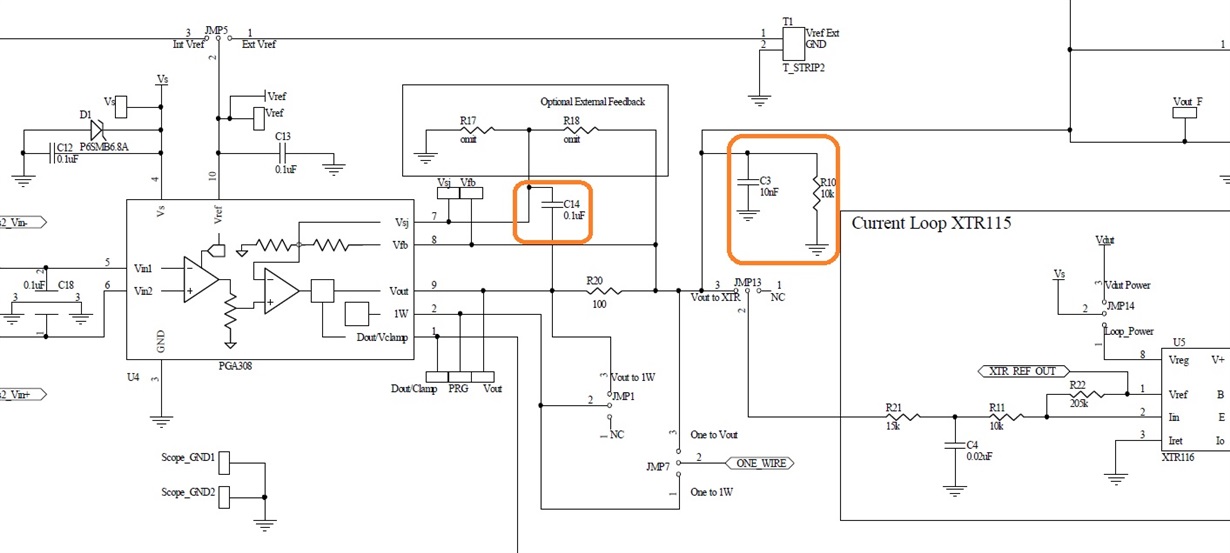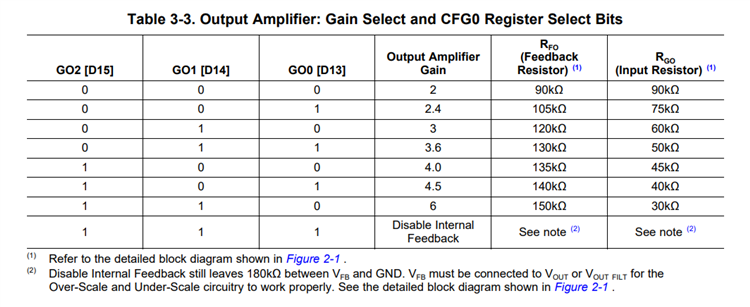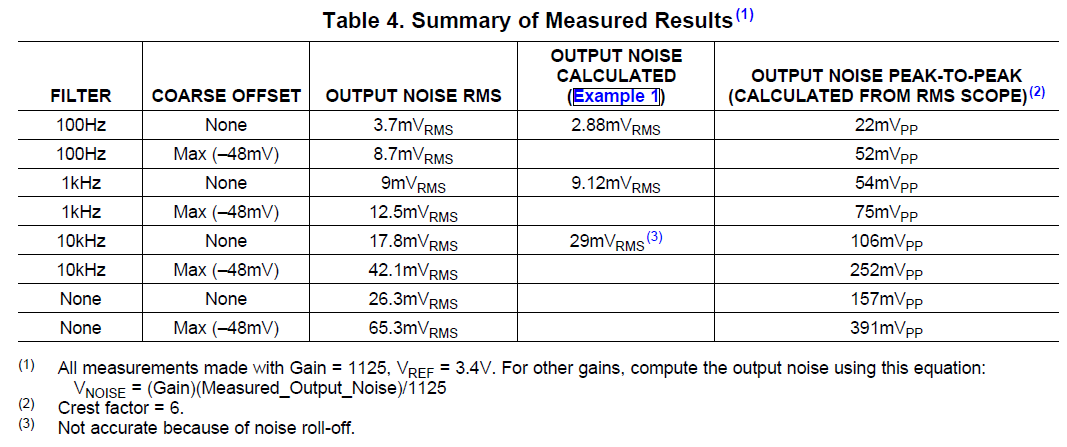Other Parts Discussed in Thread: PGA309
Hello,
1- PGA308 How to calculate the capacitor (C14) value between Vsj pin and Vout. I didn't see any examples in the technical documentation.
2- What is the reason for using R10 resistor and C3 capacitor?
Thank you
Mert





